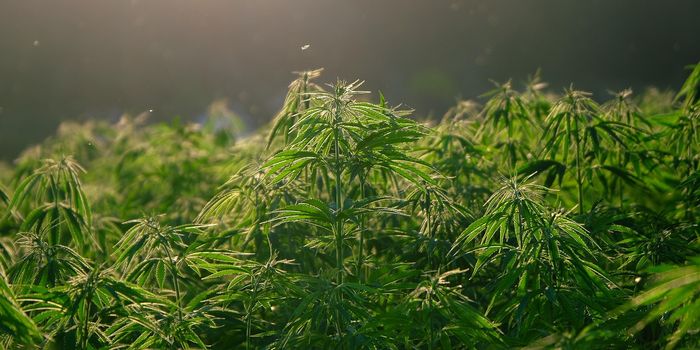Half of World's Animal Species to Face Extinction Within 100 Years?
There is undoubtedly a problem with the way things are going on our planet. The human species continues to grow and spread, but many other animal species around the world are facing habitat loss and poaching problems that are leading to the decline of their numbers.
Many animals are currently on the International Union for the Conservation of Nature’s (IUCN) red list; some are threatened, some are endangered, some are critically endangered, and there are even some believed to be legitimately extinct. Most of the animals on the IUCN’s red list face the extreme possibility of extinction because mankind cannot appear to change its ways.
Image Credit: Pixabay
Unfortunately, this reality is setting in. Biologists understand that at least 20% of animal species walking the Earth today face the possibility of extinction, and according to experts that attended the Biological Extinction conference late last month, that number could grow up to as much as 50% before the end of the century.
Mankind’s footprint on the world is not small, and it continues to grow. Housing development takes away from valuable forested living space for wild animals, and illegal poaching continues to drive thinning animal numbers to all-time lows for nothing more than greedy financial gain.
Moreover, we are using up the world’s limited resources, and in doing so, we’re tearing up animals’ natural habitats and ruining the Earth to get what we want. Where are all the animals supposed to go? – They ultimately pay the price and migrate somewhere they can’t survive, which slowly kills them off.
“Rich western countries are now siphoning up the planet’s resources and destroying its ecosystems at an unprecedented rate,” said biologist Paul Ehrlich, of Stanford University in California.
“We want to build highways across the Serengeti to get more rare earth minerals for our cellphones. We grab all the fish from the sea, wreck the coral reefs and put carbon dioxide into the atmosphere. We have triggered a major extinction event. The question is: how do we stop it?”
One of the biggest problems might just be how quickly the human population is growing. There are well over 7 billion people on the planet according to a consensus performed earlier in the decade, but that number has most likely risen even more since then given the trends of population growth over time.
As we continue to grow, we will continue to take a bite out of the small bits and pieces of the world that remain for wildlife. This will unfortunately see no end unless we find a way to officially put mankind on another planet or take birth control more seriously, as the Pope says.
Source: The Guardian









